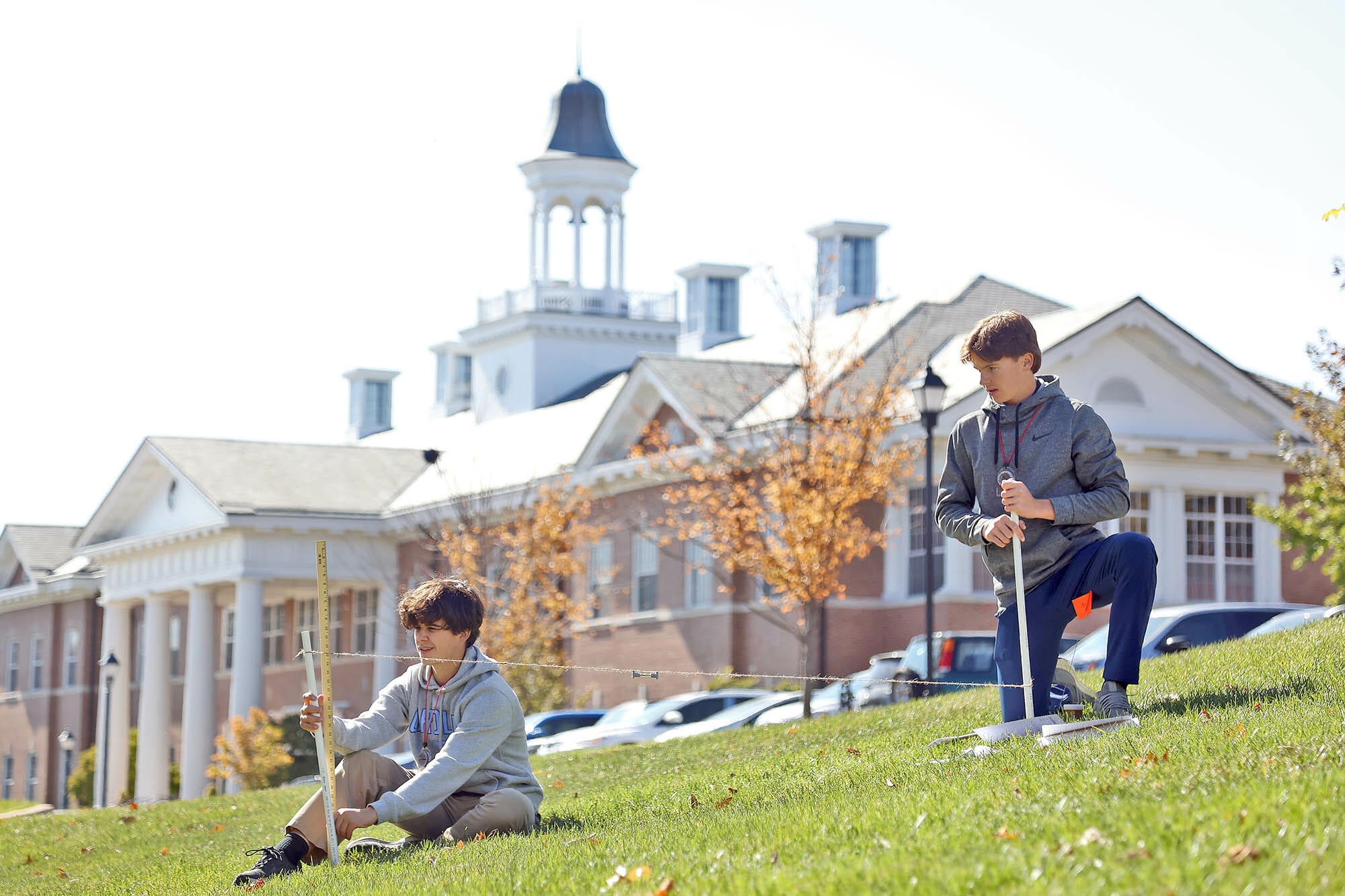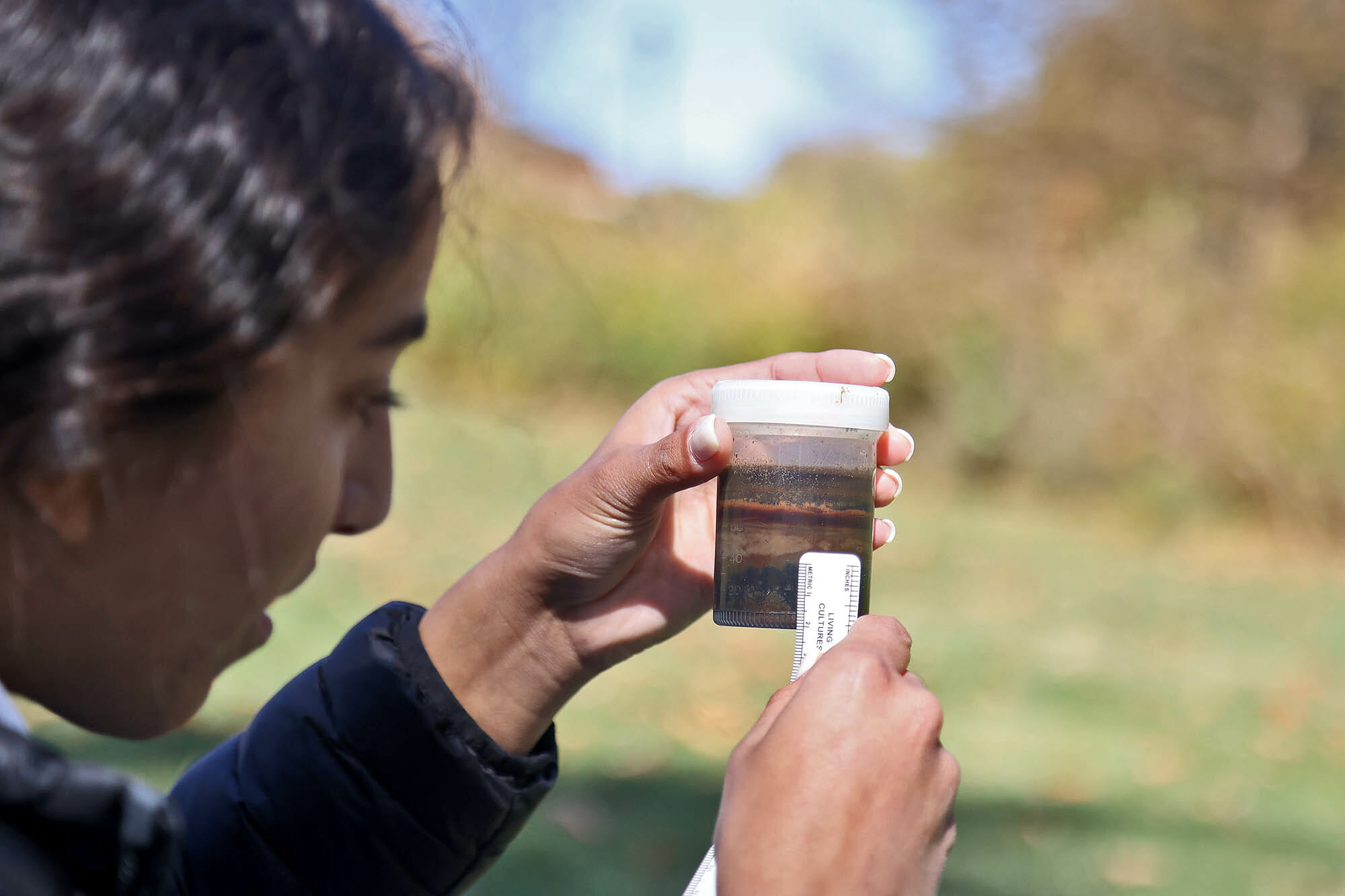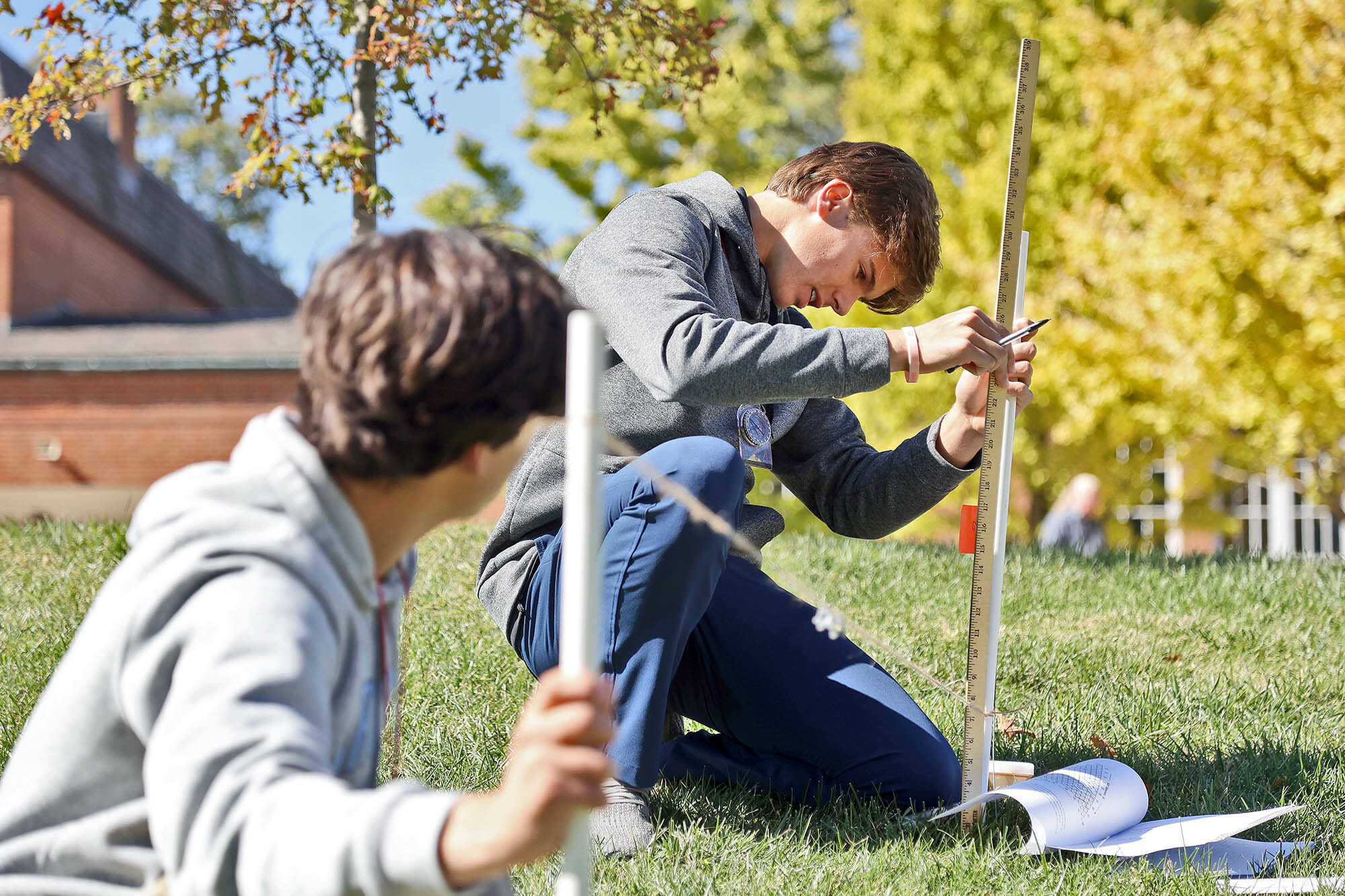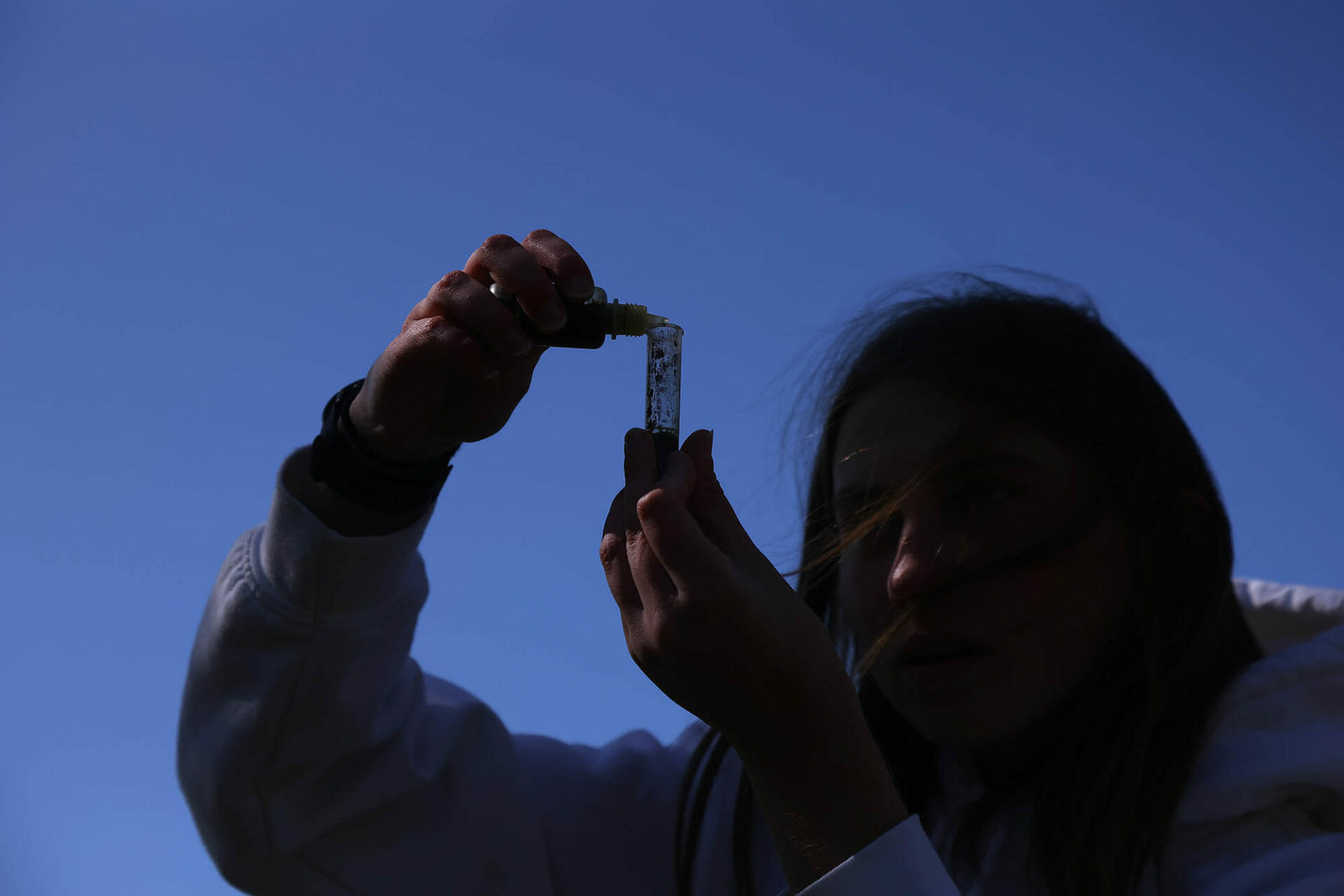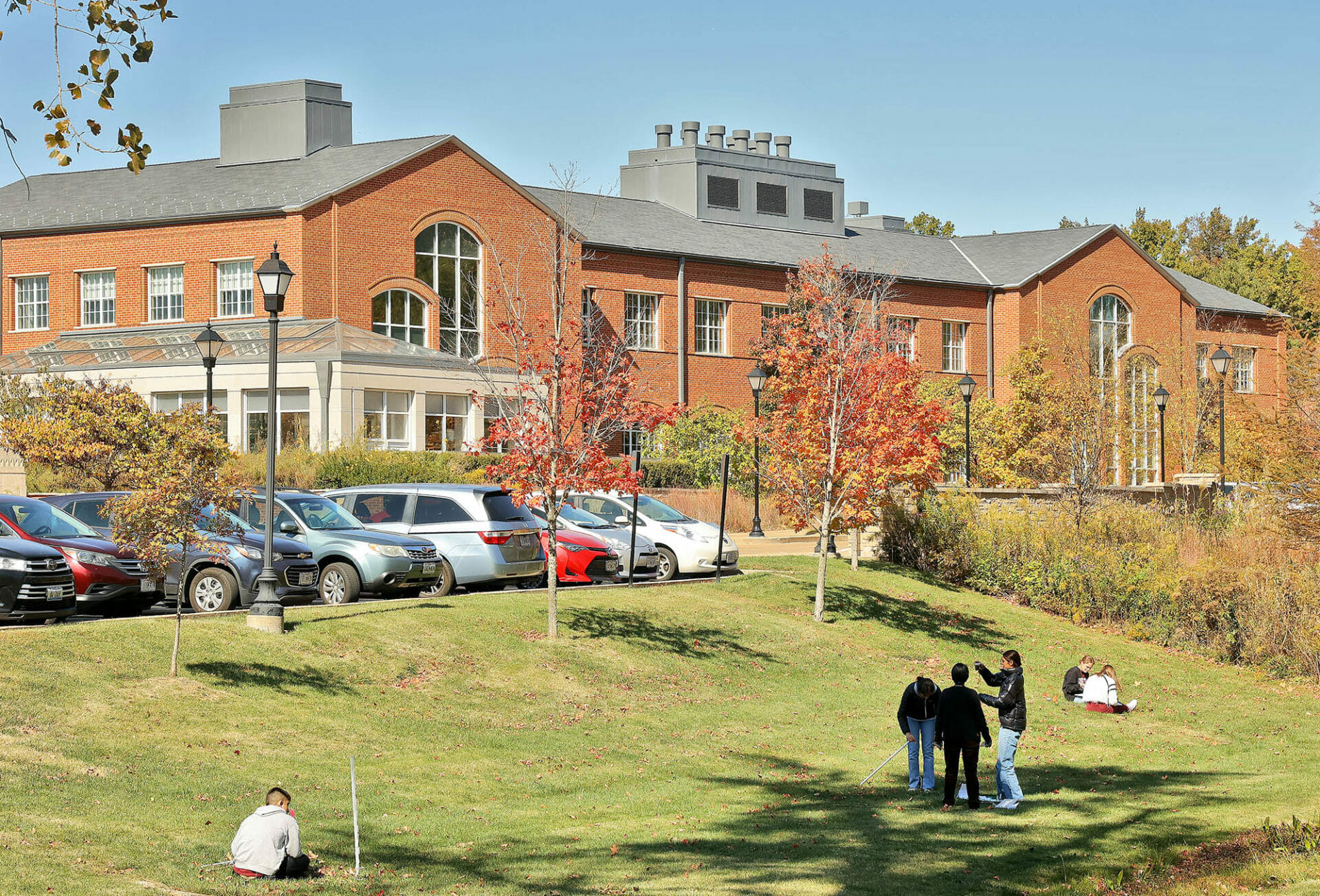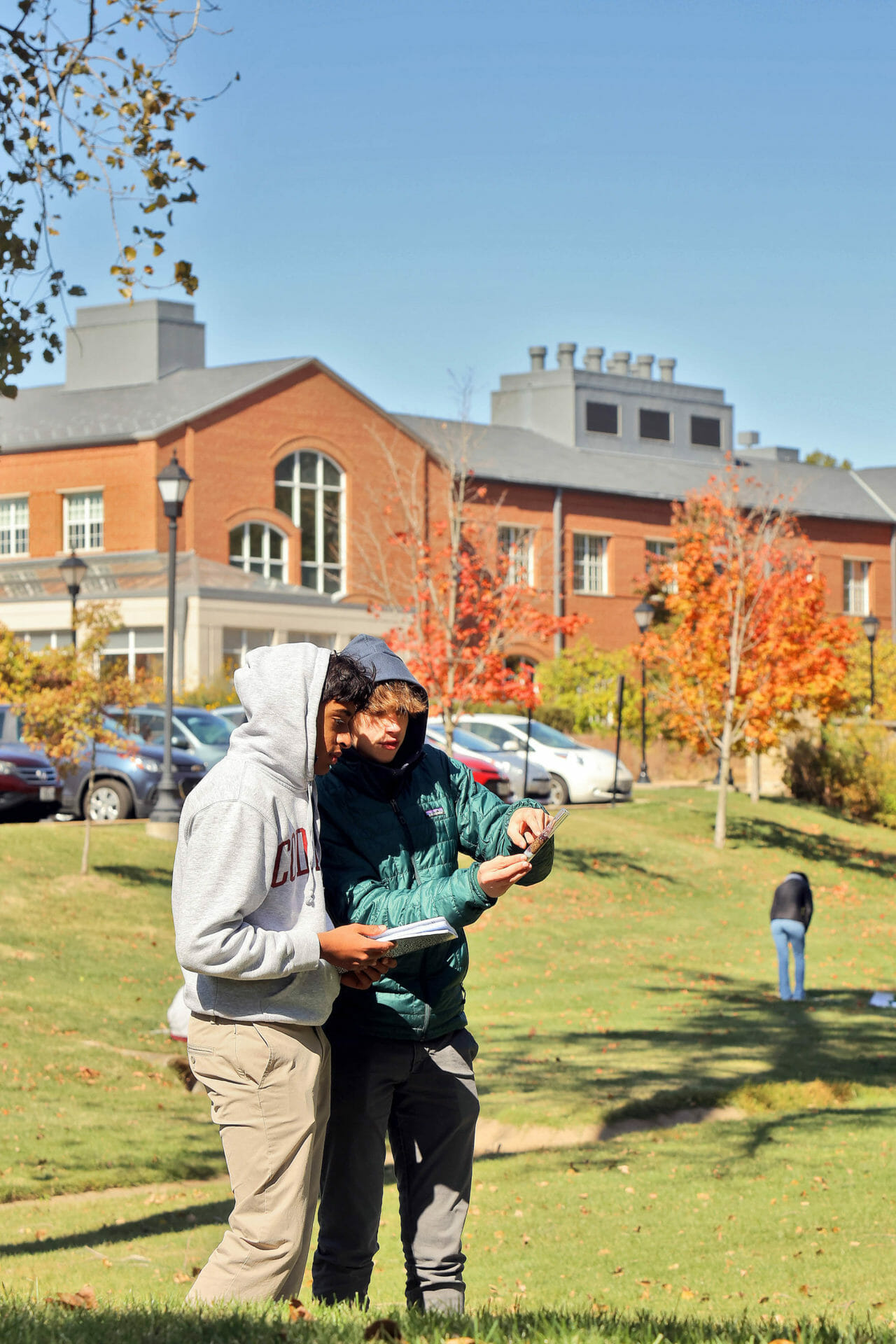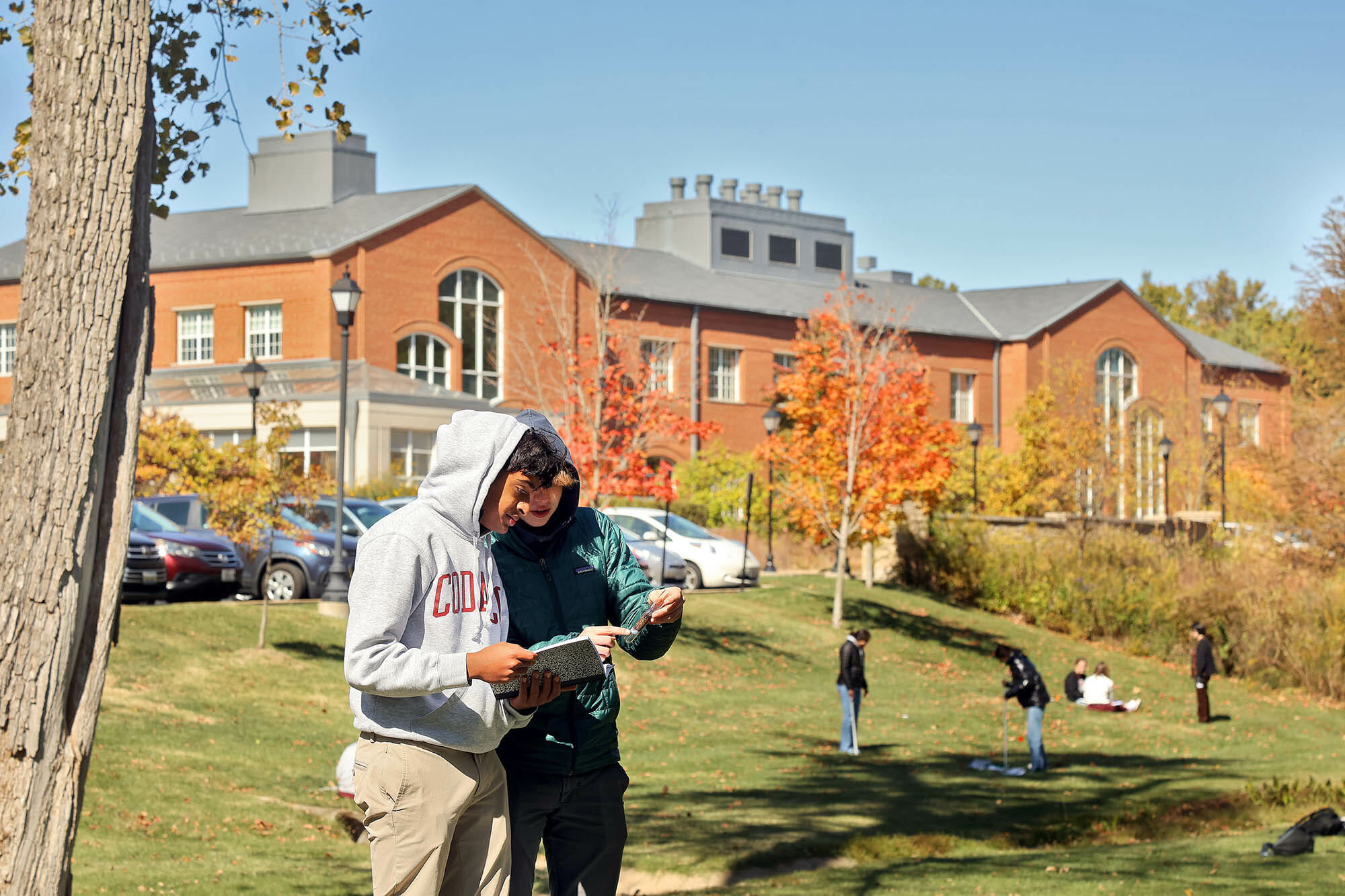Our AP Environmental Science students busted out of the classroom recently to conduct a soil lab practicum in one of our best classrooms: our campus! Students headed outside to analyze soil on our campus, measuring texture, topography, cation exchange, and nutrients. Soil testing is important for several reasons: to optimize crop production, protect the environment from contamination by runoff and leaching of excess fertilizers, aid in the diagnoses of plant culture problems, improve the nutritional balance of the growing media, and save money and conserve energy by applying on the amount of fertilizer needed.
To measure soil texture, students used a container that had a settled soil sample suspended in water. They measured the proportion of the sample made up of the different kinds of particles, then used a soil texture triangle to identify the type of soil.
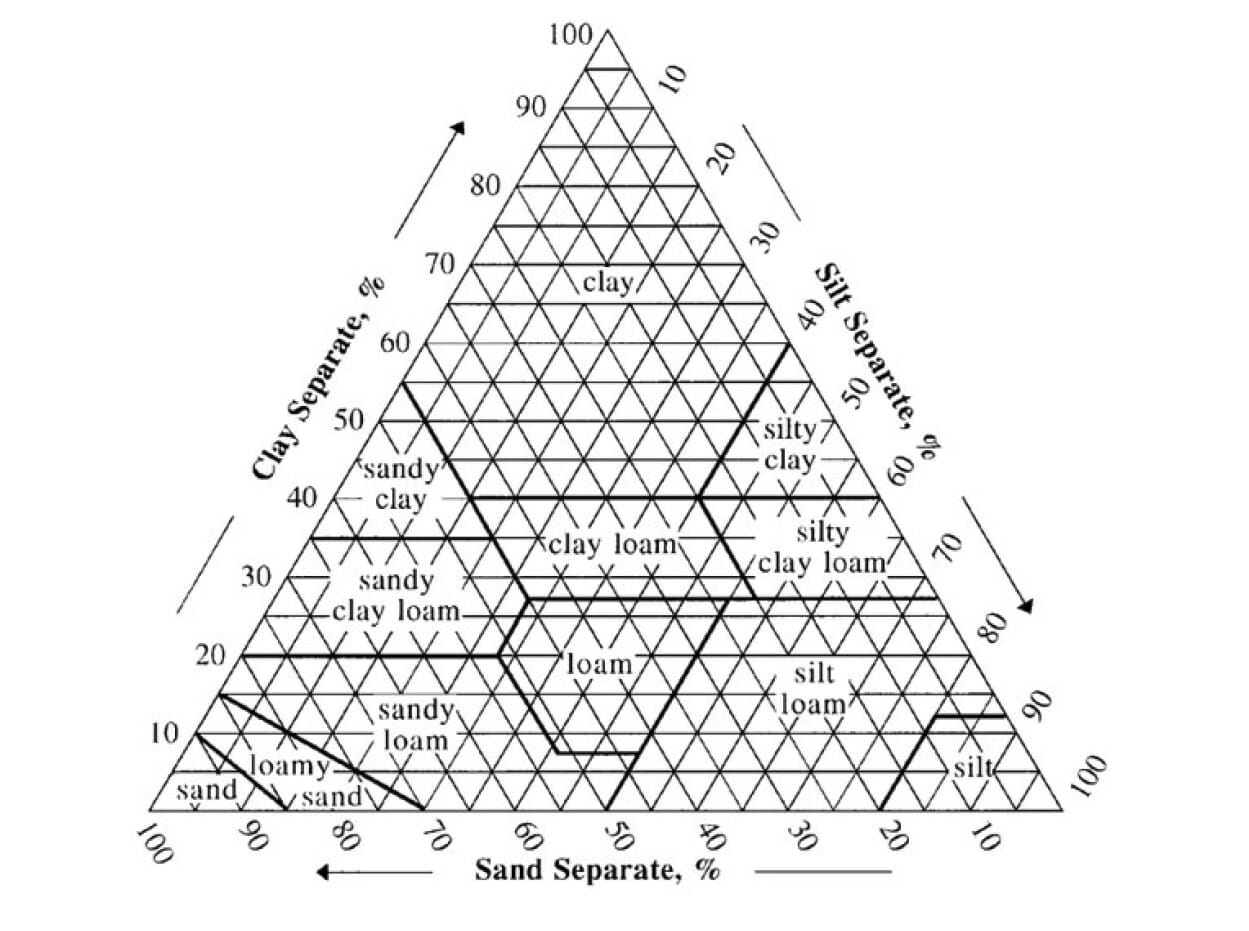
For topography, they were measuring the grade in one direction, or how much the terrain rises or falls over the measured distance; essentially a measure of slope. This is important because slope impacts runoff and erosion.
Cation exchange capacity is a measurement of the ability of the soil to retain positively charged nutrients in the soil where they are accessible by plant roots, which is related to the overall charge of the soil. The test tubes with soil and dye in them are used for the CEC test—the red dye is negatively charged and the purple dye is positively charged, so by seeing which one or ones pass through the soil in the tube, you can determine whether the soil is positively charged, negatively charged, or neutral.
Students used a soil test kit to conduct nutrient testing. These kits are the same that any home gardener would use to test pH and either the nitrogen or phosphorus content of their sample. The kit comes with test solutions and test tubes as well as the keys for reading results. Teachers challenged the students by removing the kit instructions, so the scientists had to refer to their previously-copied directions for the tests in their lab journal. «This whole practicum was open-note, and they knew what we were going to ask,» said Andi Galluppi, Upper School Science Teacher. «Most of what we were really testing was if they could create clear enough procedures for themselves to be able to replicate the tests and interpret the results the week after we walked through them together in class.»
Across our curriculum, students respond well to labs and activities, and Galluppi reports that she’s received feedback that these experiments are their favorite part of the class. «These allow students to apply what we’re learning in hands-on situations and see the practical connections of the content to their own lives. Even though it was a chilly day, I am proud of how diligently they worked to show what they had learned,» she said.
